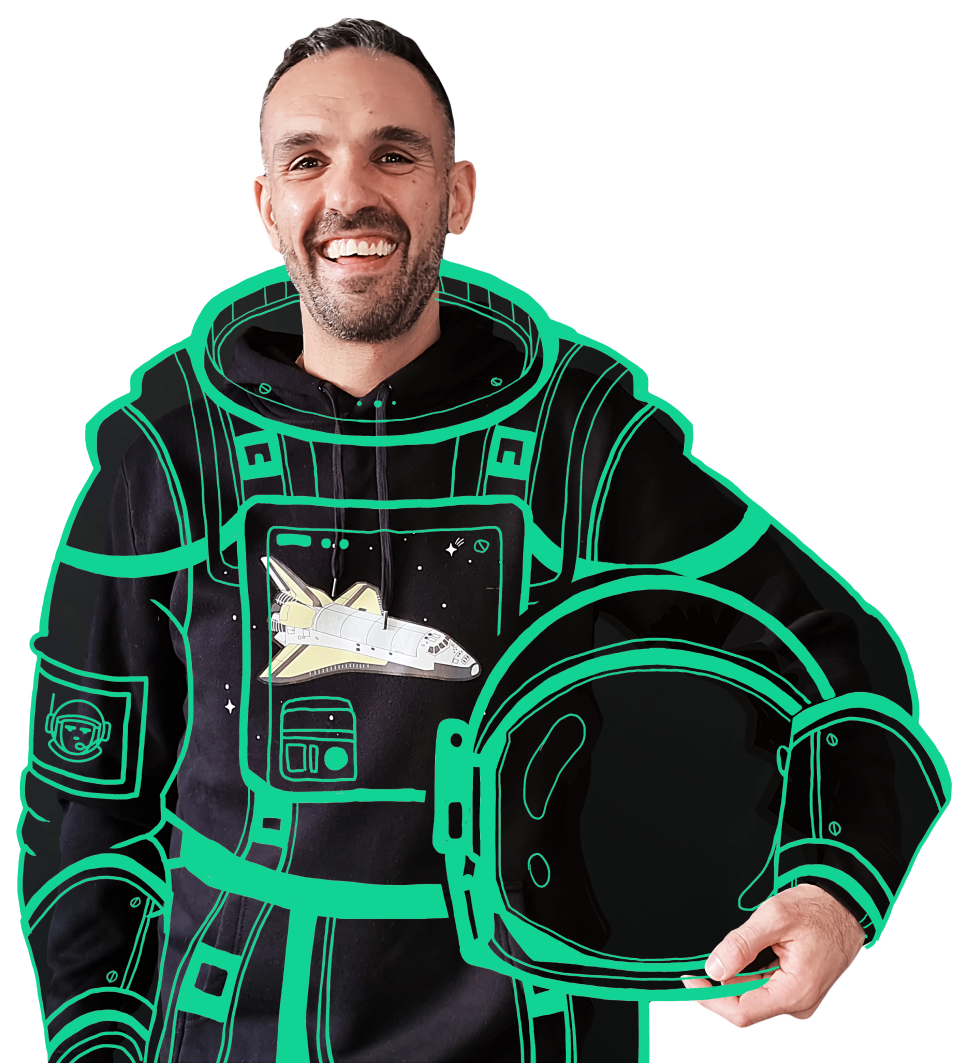In the world of websites, two things reign supreme: getting your site noticed by search engines like Google (that's SEO) and making it easy and enjoyable to use (that's UX design).
Often SEO and UX design are treated as separate entities, however they are closely intertwined. By understanding the synergy between SEO and UX design, you can create a website that not only looks great, but also ranks well in search engine results pages (SERPs). Let’s break it down.
The Significance of SEO
Search engine optimization (SEO) focuses on optimizing a website to rank higher in search engine results pages (SERPs) like Google. It involves a myriad of techniques and strategies aimed at enhancing visibility, driving organic traffic, and improving the overall quality and relevance of a website’s content.
From keyword research and on-page optimization to link building and technical SEO, its goal is to make your website more discoverable when people search for something related to what you offer. The higher you rank on Google, the more likely people are to click on your site. And more clicks mean more visitors, which can lead to more sales or whatever else you want your visitors to do.

Understanding UX Design
User experience (UX) design revolves around crafting meaningful and seamless interactions between users and digital products or services. It encompasses various elements such as usability, accessibility, and aesthetics, all aimed at delivering a satisfying experience to the user. A well-designed UX considers user behavior, preferences, and needs to create intuitive interfaces that guide users effortlessly through the desired journey.
The Winning Formula: Aligning UX Design and SEO Strategies
While they may seem unrelated initially, SEO and UX design share a common goal: to provide value to users. Here’s how they can work together to benefit your website:
1. Content that speaks to people and search engines
When creating content for your website, think about what people want to know and how they're searching for it (user intent). Use the keywords they use (that's SEO), but make sure it's easy to read and understand (that's UX design). This not only improves search rankings but also ensures that the content resonates with users, enhancing engagement and satisfaction.
2. Website design that is mobile-friendly
Everyone's on their phones these days, so it’s essential your website looks good and works well on mobile devices. Not only does this make users happy (thanks, UX design!), but it also aligns with Google’s mobile-first indexing which positively impacts SEO rankings.

3. Page speed and performance
Ever visited a website that takes forever to load? Slow-loading websites not only frustrate users but also incur penalties in Google search rankings. Optimizing page speed and performance, a key aspect of UX design, not only enhances user experience but also boosts SEO rankings, as search engines prioritize faster-loading sites.
4. Intuitive navigation and site structure
A well-organized site structure and intuitive navigation - with clear menus, clickable buttons, and a logical layout - not only make it easier for users to find what they’re looking for but also help search engine crawlers understand and index content more effectively, leading to improved visibility in search results.

5. User engagement
Google pays attention to how long people stay on your site and whether they click around or leave right away. By creating engaging content and a smooth user experience, you'll keep visitors on your site longer, improve engagement rate and reduce bounce rate, which tells Google that your site is valuable and worth showing to others.
How to Improve Both SEO and UX Design
To truly harness the power of SEO and UX design, implementing strategies like A/B testing and Conversion Rate Optimization (CRO) can be game-changers. These methods not only complement each other but also seamlessly integrate with both SEO and UX design principles.
1. A/B testing
A/B testing, also known as split testing, involves comparing two versions of a webpage or element to determine which one performs better. By testing different variations of content, layouts, or features, you can gather valuable insights into what resonates best with your audience.
This iterative approach aligns perfectly with UX design principles, as it allows you to refine and optimize the user experience based on real user feedback. Moreover, A/B testing can inform SEO strategies by identifying which elements contribute most to user engagement and conversion rates, ultimately leading to improved search rankings.

2. Conversion rate optimization (CRO)
Conversion rate optimization focuses on maximizing the percentage of website visitors who take a desired action, such as making a purchase or filling out a form. By analyzing user behavior - with methods such as heatmaps or screen recording - and identifying barriers to conversion, you can systematically optimize your website to guide users towards these goals.
This process not only enhances the user experience by streamlining navigation and removing friction points but also benefits SEO efforts by increasing user engagement and dwell time. Additionally, CRO emphasizes data-driven decision-making, aligning with the analytical approach of SEO optimization.

Conclusion
Optimizing your website for search engines and creating great user experience design should go hand in hand. By focusing on both SEO and UX design, businesses can create a virtuous cycle where improved user experience contributes to higher search rankings, which in turn drive more traffic and conversions.
So, if you want to boost your website's traffic and conversions, focus on making it easy, enjoyable, and discoverable. It's a win-win strategy for you and your visitors!
Looking for a tailored approach to maximizing your website's conversion potential? Consider scheduling a free CRO consultation with our experts today. Get in touch to discover how we can elevate your SEO and UX efforts to reach your website goals.
Book a Free Website Consultation
Discover quick wins for your digital strategy. 100% guaranteed.









